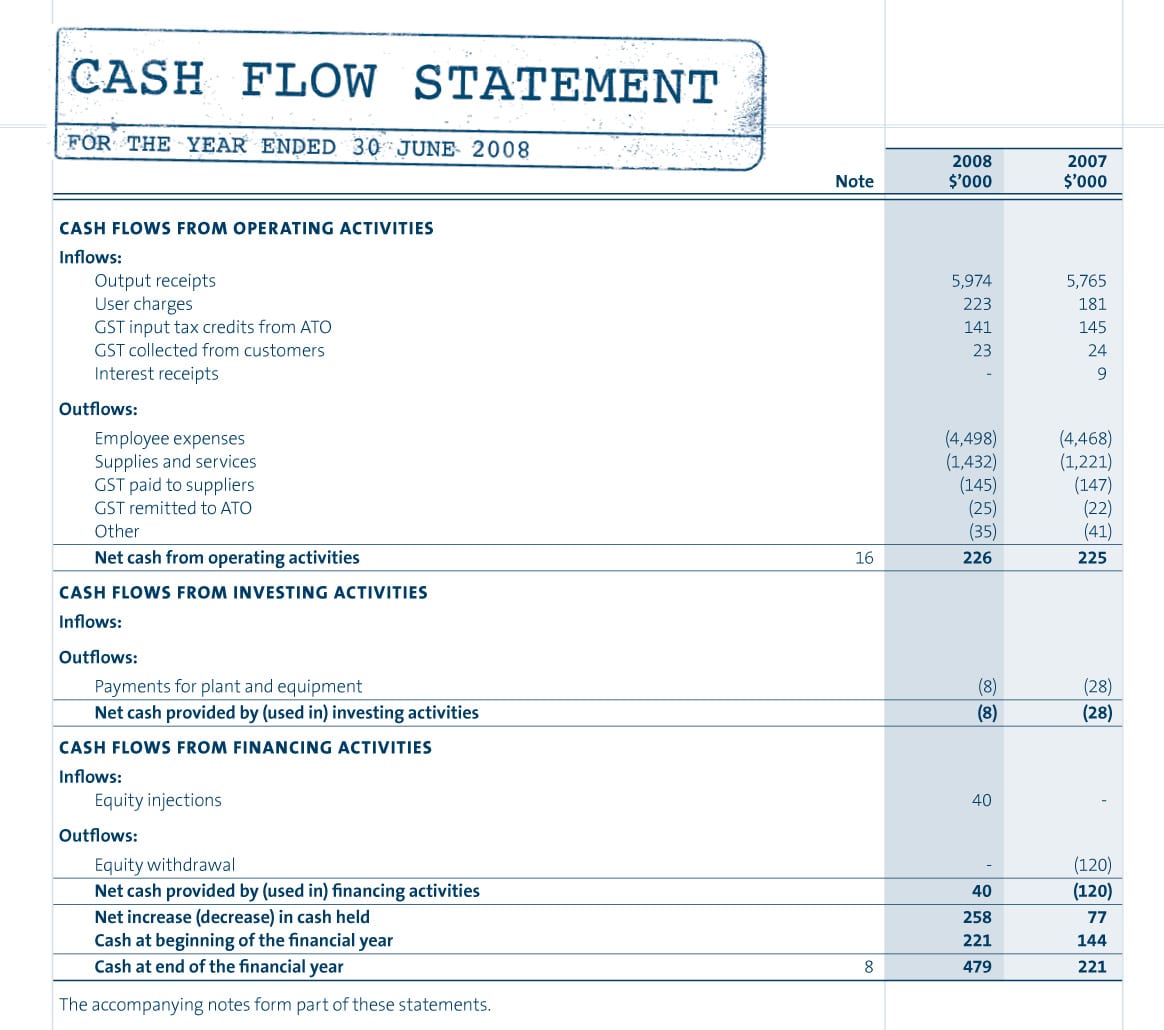
The balance sheet below shows that the CPLTD for ABC Co. as of March 31, 2012, was $5,000. As this is a relatively small amount, it is likely the company is making payments as scheduled. The schedule of payments would be included in the notes to the financial statements. It should be noted that the current portion of long term debt is not the same as short term debt. Short term debt is debt which matures in less than one year whereas the current portion of long term debt is long term debt which is repayable within one year of the balance sheet.
Current portion of long-term debt (CPLTD)
- However, DSCR measures last year’s depreciation expense against next year’s loan repayment.
- A superior DSCR would pit next year’s depreciation expense—calculated as CPFA—against next year’s loan repayment.
- It tracks the current portion of debt vs. non-current portion debt of Exxon for the past five years.
- Essentially, it is the portion of long-term debt that the company needs to pay off in the next 12 months.
Chartered accountant Michael Brown is the founder and CEO of Double Entry Bookkeeping. He has worked as an accountant and consultant for more than 25 years and has built financial models for all types of industries. He has been the CFO or controller of both small and medium sized companies and has run small businesses of his own. He has been a manager and an auditor with Deloitte, a big 4 accountancy firm, and holds a degree from Loughborough University. The current portion of this long-term debt is $1,000,000 (excluding interest payments).
How to Reduce Current Portion of Long-Term Debt
When reading a company’s balance sheet, creditors and investors use the current portion of long-term debt (CPLTD) figure to determine if a company has sufficient liquidity to pay off its short-term obligations. Interested parties compare this amount to the company’s current cash and cash equivalents to measure whether the company is actually able to make its payments. Interested parties compare this amount to the company’s current cash and cash equivalents to measure whether the company is actually able to make its payments as they come due. A company with a high amount in its sales tax and income tax and a relatively small cash position has a higher risk of default, or not paying back its debts on time. As a result, lenders may decide not to offer the company more credit, and investors may sell their shares. If a business has any desire to keep its debts classified as long term, it can roll forward its debts into loans with balloon payments or instruments with later maturity dates.
Additional Resources
The current portion of long-term debt (CPLTD) is the amount of unpaid principal from long-term debt that has accrued in a company’s normal operating cycle (typically less than 12 months). It is considered a current liability because it has to be paid within that period. This line item is closely followed by creditors, lenders, and investors, who want to know if a company has sufficient liquidity to pay off its short-term obligations. If there do not appear to be a sufficient amount of current assets to pay off short-term obligations, creditors and lenders may cut off credit, and investors may sell their shares in the company. The short/current long-term debt is a separate line item on a balance sheet account.

This is the current portion of the long term debt at the end of year 1. Let’s suppose company ABC issues a $100 million bond that matures in 10 years with the covenant that it must make equal repayments over the life of the bond. In this situation, the company is required to pay back $10 million, or $100 million for 10 years, per year in principal. Each year, the balance sheet splits the liability up into what is to be paid in the next 12 months and what is to be paid after that. If the account is larger than the company’s current cash and cash equivalents, it may indicate the company is financially unstable because it has insufficient cash to repay its short-term debts. This is simply to tie the numbers to the accounting records in a way that most accurately reflects the company’s financial position.
However, the old acid-test ratio suffers from the same flaw as the old current ratio—it erroneously suggests that CPLTD, included as a current liability, is repaid by the current (acid) assets. The principal portion of an obligation that must be paid within one year of the balance sheet date. For example, if a company has a bank loan of $50,000 that requires monthly interest and principal payments, the next 12 monthly principal payments will be the current portion of the long-term debt. That amount is reported as a current liability and the remaining principal amount is reported as a long-term liability.
The common view of this situation based on this method of calculation is that George’s business is illiquid and he won’t be able to repay his loan. When entrepreneurs go into business, they are naturally focused on their first weeks and months, but they should always take the time to sit down and think about future growth. The current portion of long term debt at the end of year 1 is calculated as follows. The Debt Service Coverage Ratio (DSCR) is one of banking’s favorite ratios. We’ve got some simple, no-fuss pointers that will help you nail this ratio every time. I’m Clay Sharkey, and there is nothing I like more than assisting others in achieving their goals.
It creates financial leverage, which can multiply the returns on investment provided the returns derived from loan exceeds the cost of loan or debt. However, it all depends if the company is utilizing the debt taken from the bank or other financial institution in the right manner. Meanwhile, the current portion of long-term debt should be treated as current liquidity as it represents the principal part of the debt payments, which are expected to be paid within the next twelve months. If not paid within the current twelve months, it gets accumulated and has an adverse impact on the immediate liquidity of the company. As a result, the company’s financial position becomes risky, which is not an encouraging sign for investors and lenders. Conventional accounting reports CPLTD among current liabilities because, logically, it is a liability due in the current period.
